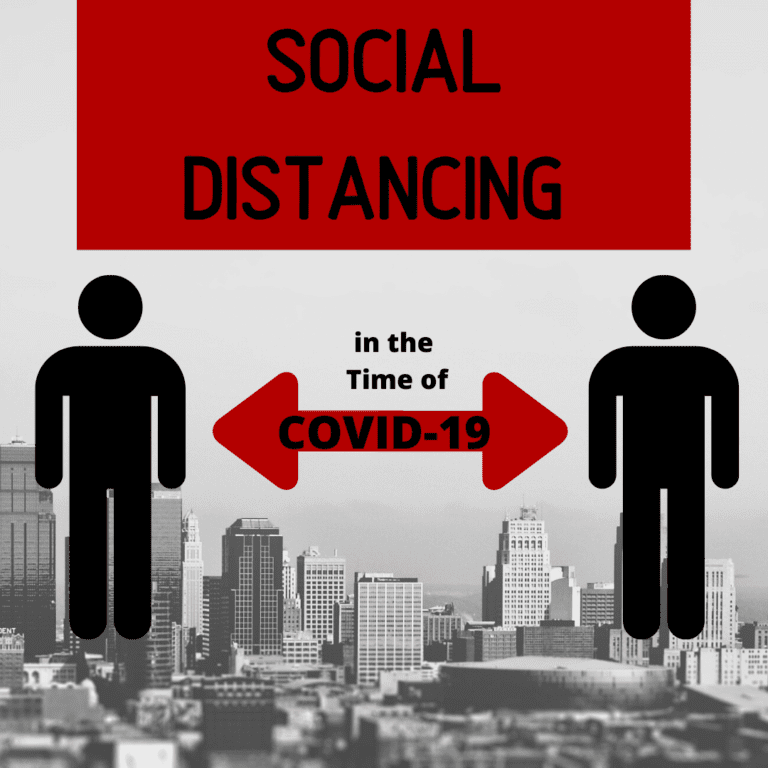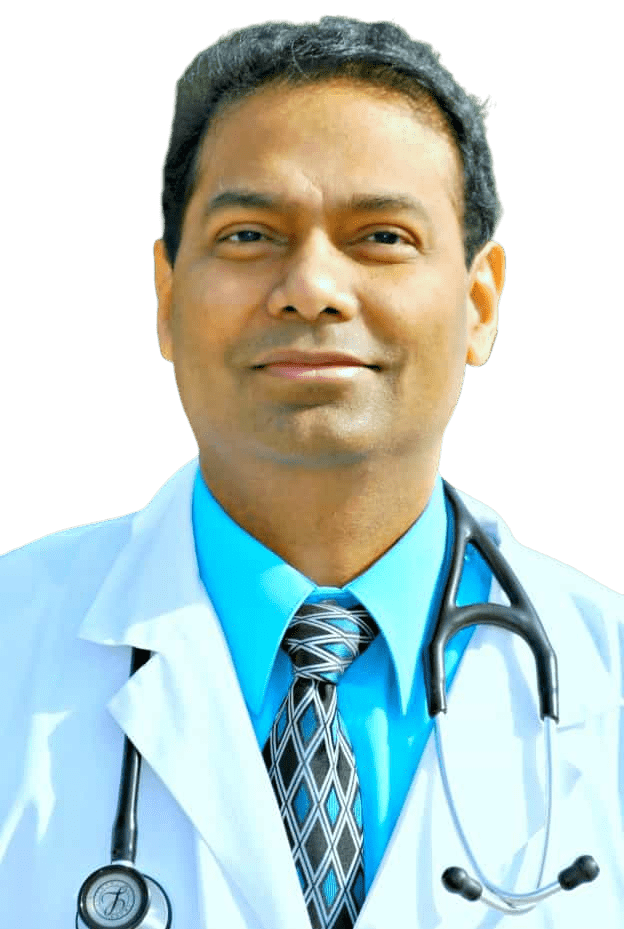As of January 22nd, 2020, there was only one reported case of COVID-19 in the United States. A week later there were 5 cases. A month later there were 15 cases. Then in the beginning of March the number of cases almost doubled overnight going from 30 reported cases on March 1st to 53 cases on March 2nd. By St. Patrick’s Day, this number had grown to 7038. As of March 30th, there are currently 163,539 cases of COVID-19 in the United States according to the Centers for Disease Control and Prevention. On March 31st, the South Carolina Department of Health and Environmental Control (DHEC) noted that there are a reported 1,083 cases in 42 counties of South Carolina. Currently Lancaster County has 15 confirmed cases of COVID-19.
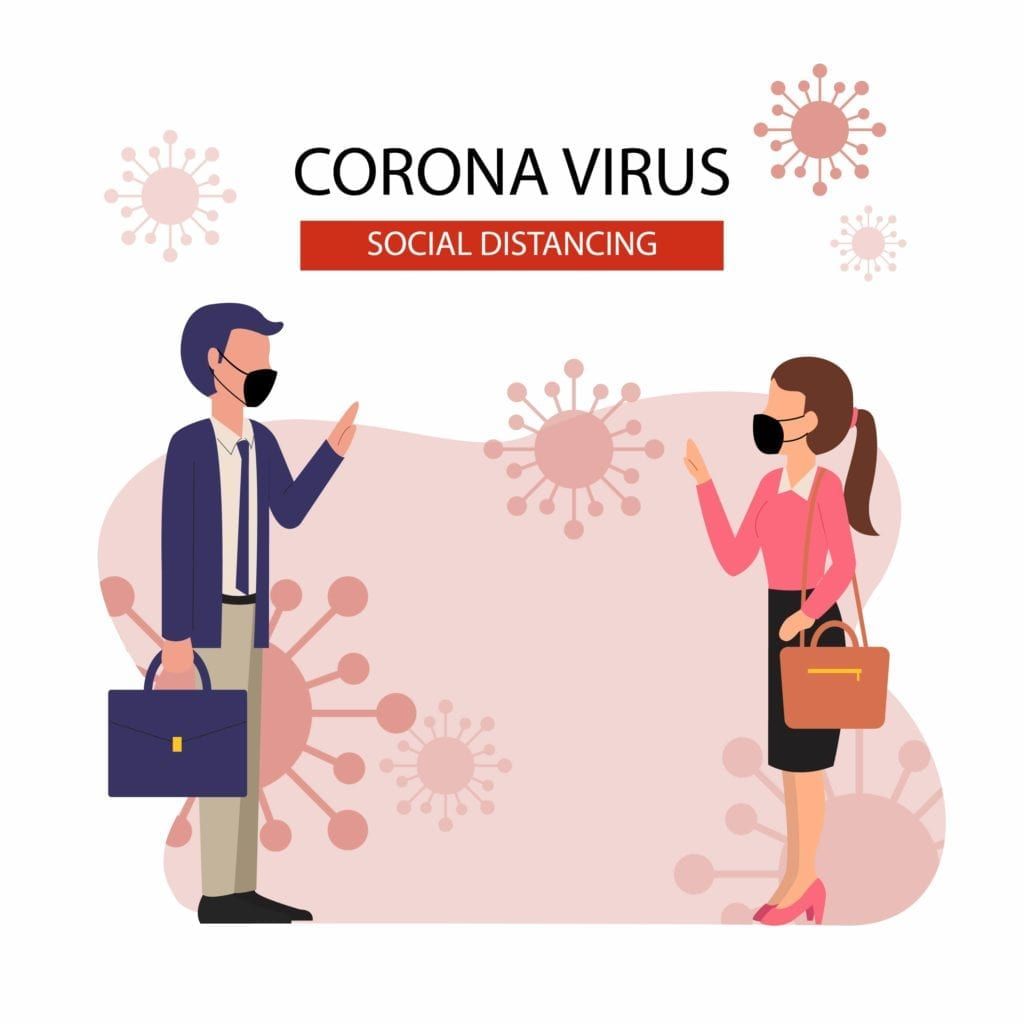
As this pandemic continues, there has been talk about social distancing practices intended to flatten the curve. Yet, not everyone is adhering to social distancing guidelines. In fact, the lack of adherence to social distancing guidelines inspired Republican Gov. Henry McMaster’s decision to close access points to the state’s beaches, as well as public boat ramps and access points to rivers and lakes. Previously, the governor of South Carolina had made the decision to close dine-in restaurants and bars. However, he has yet to issue a stay-at-home order. As of March 30th, 30 states have issued stay-at-home orders, while another 4 states have ordered all non-essential businesses to close.
Even without a statewide stay-at-home order, South Carolina residents are still adhering to The President’s Coronavirus Guidelines for America, which are based upon slowing the spread of the virus. In fact, slowing the spread or flattening the curve are two phrases that are being thrown around as the primary motivation for stay-at-home orders and the closing of public places.
Using acquired knowledge about how pandemics function, health professionals and researchers agree that the best way to control the current situation is through nonpharmaceutical interventions (NPIs), or community mitigation measures. NPIs are a set of guidelines that individuals and communities are recommended to follow in order to slow the spread of respiratory viruses in order to reduce the number and severity of cases.
Until a vaccine is widely available, research has indicated that the best way to slow viral transmission from host to host is to reduce opportunities for exposure. Research also indicates that it can take up to 6 months to develop a safe pandemic vaccine. Therefore, NPIs are the best method for dealing with a pandemic caused by a novel virus.
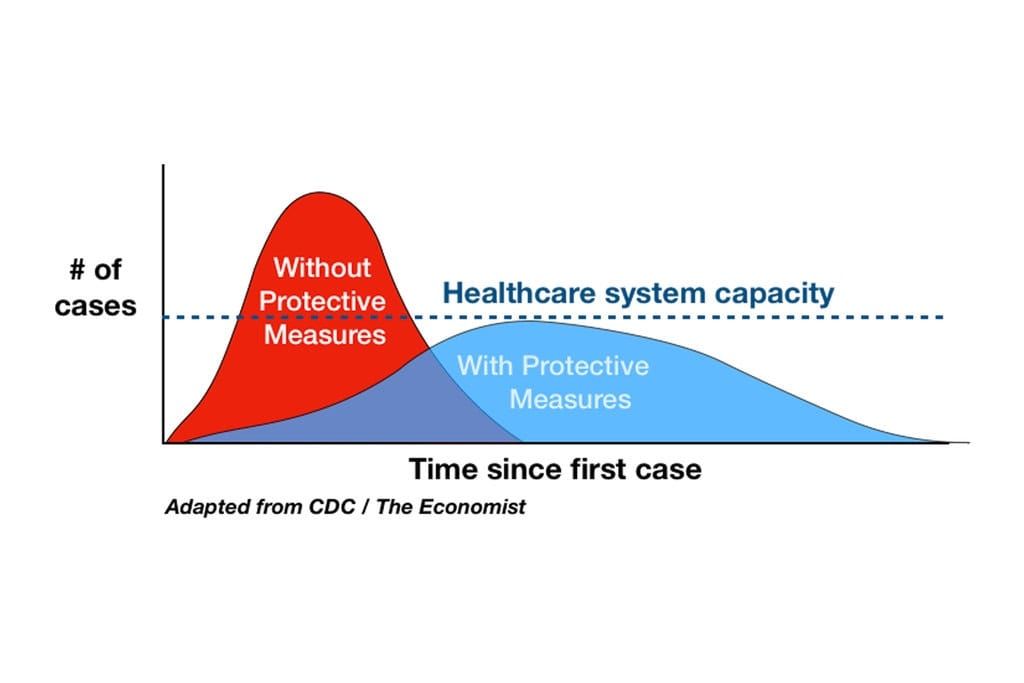
While NPIs like hand-washing and social distancing will not entirely stop the spread of virus, they do interrupt the natural way a viral outbreak occurs. When looking at the above diagram, you will notice that the red curve indicates rapid spreading of the virus that results in large amounts of the population all being infected around the same time. Conversely, the blue curve shows a slower spread of the virus with less people being infected.
Additionally, it is important to note the dotted line in the middle, which indicates the available number of medical resources needed to treat the virus. As you can see, the red curve extends far beyond that dotted line. What this means is that only the infected individuals below the dotted line can be treated. Therefore, anyone above that line will not receive the treatment needed to recover.
Conversely, looking at the blue curve, you will notice the curve does not cross the dotted line. This is because slowing the spread of the virus decreases the likelihood that the number of cases will peak all at once. Although there is still a peak, this peak lasts longer and is much lower than it would have been without practicing social distancing.
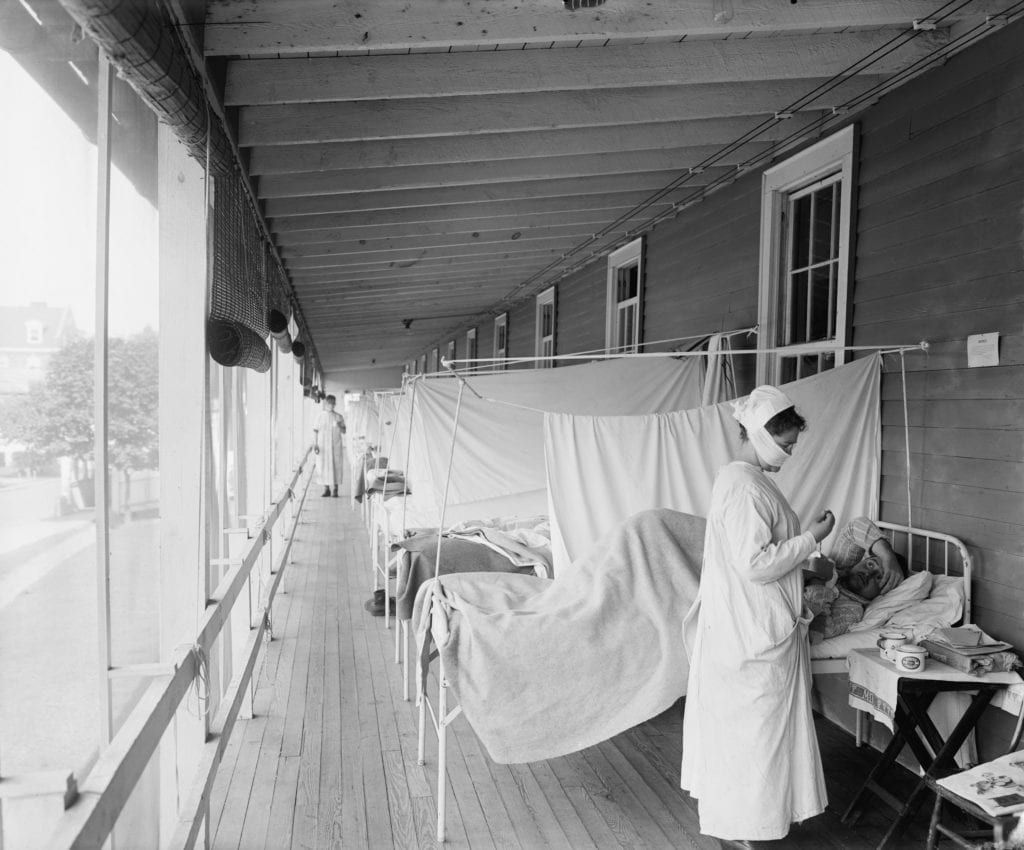
Still, some people may argue that coronavirus is simply like the flu and social distancing is an overreaction. However, one main difference between the two is that most people have partial immunity to the flu. This is not the case with COVID-19 since it is an entirely new virus. Therefore, the opportunity for people to become infected with the virus is much higher than that of the flu.
Not only that, but there is historical evidence that shows social distancing works. In 1918 during the outbreak of the Spanish flu, two U.S cities responded very differently. The first city, Philadelphia, continued with business as usual and even carried out a parade with thousands of people in attendance. Unfortunately, this resulted in death from the Spanish flu 48-72 hours later. In total, the city lost 16,000 individuals in six months.
Conversely, St. Louis implemented social distancing strategies, closed schools, and limited travel. Allow there were still deaths associated with the pandemic, St. Louis lost 2,000 individuals instead of 16,000. At that time, St. Louis was the fourth largest city in the United States, yet it had the lowest mortality rate for its size.
While no one can accurately predict what will happen next, there are several hypotheses backed by medical and history evidence that suggest social distancing is a key way to overcome the COVID-19 pandemic. Therefore to protect yourself and your family, stay home and stay safe.
***If you believe you are experiencing symptoms of COVID-19, call us at (803)283-2300***
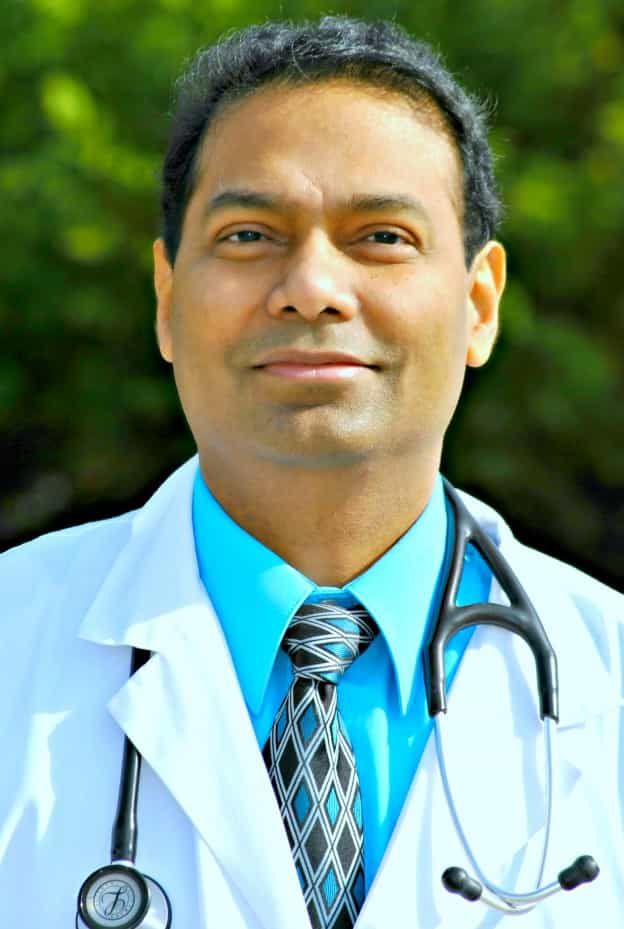
Dr Kumar is a highly skilled physician dedicated to providing gentle and effective care to patients of all ages and medical conditions. He achieved his degree in a field that he is passionate about. He believes that excellent health begins with education and has made his mission to enlighten patients to ways they can take greater control over their health. Dr Kumar is committed to continuing education activities and remaining aware of the latest advancements in Medical Science to maintain current high standards of care.


